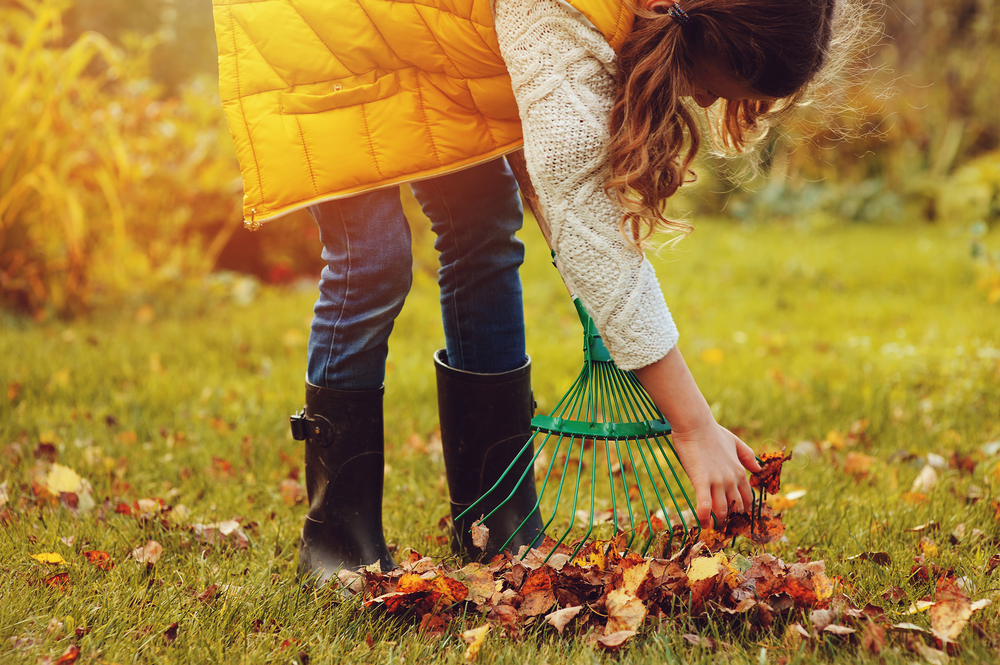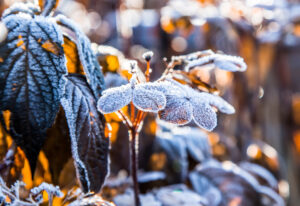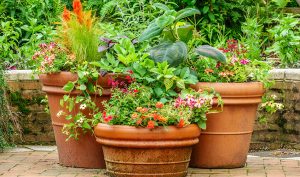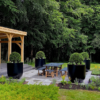Preparing your garden for autumn is one of the year’s most vital tasks. If you do it right, you can rest easy throughout the colder months. But if you do it wrong, you’ll have a lot of work to do come spring.
Read our list of essential jobs to complete from September to December to ensure your garden stays looking its best as the seasons change.
Maintain Your Lawn
While it’s still relatively dry, mow the lawn one last time. Increasing rainfall will make this task more difficult, so try and get it out of the way early. You should also rake out all the dead leaves and debris to reduce the chances of rot and give your grass space to grow.
After this, one final feed in October will give your lawn exactly what it needs to survive the winter. Choose a nutrient-rich fertiliser to keep it well-protected and encourage healthy growth as the weather gets colder.
Pro tip: If you do plan to trim the lawn over winter, don’t forget to set your blades higher. That way, you won’t end up scalping the turf or weakening the grass.
Decide What Do With Your Plants
Plants are central to any outside space, but not all of them will be able to survive the winter. To give your garden its best shot, take care to remove annuals and bring plants not suited to harsh conditions inside. You should also cut perennials back to soil level so they don’t dominate during the colder months and de-weed flower beds and patios to stop this from becoming a big job later on.
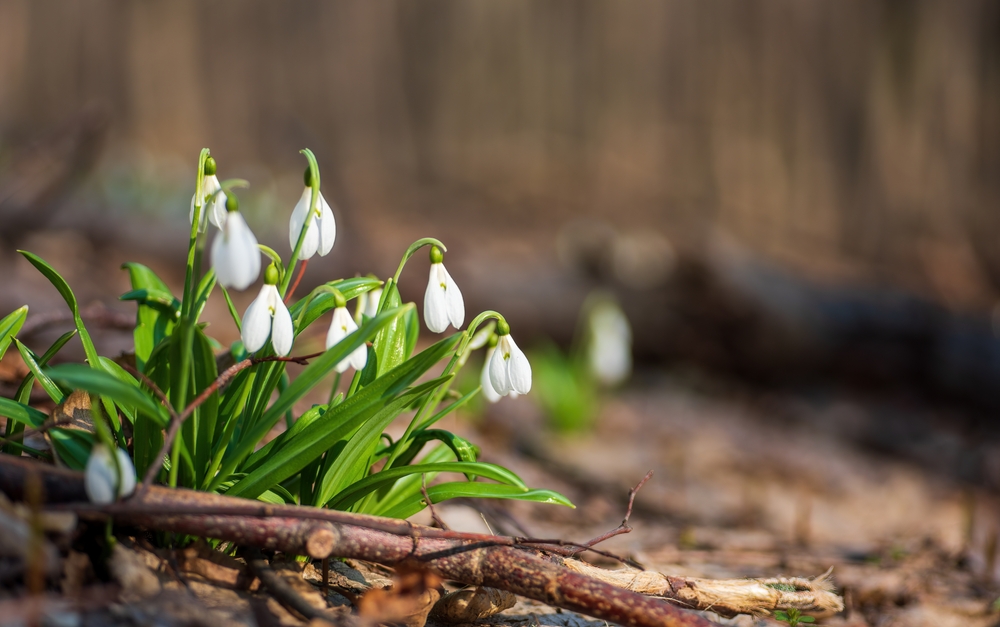
Keep your garden looking vibrant by filling in the gaps with autumn plants such as snowdrops, autumn crocuses and winter pansies. You should also plant spring-flowering bulbs like daffodils, tulips and hyacinths to keep the colours running into spring.
Welcome In The Wildlife
Even though you’ll be spending less time outside, that won’t be the case for everyone. Autumn is the season animals struggle to find sustenance and may need extra help to survive.
Make your garden more appealing to wildlife by keeping bird feeders stocked, leaving out leftovers and creating shelters for smaller animals like hedgehogs. You can also do your bit by adding any number of bee-friendly plants to your backyard. Heather, asters and hellebore are perfect examples of these and will help keep bees buzzing as the year winds down.

Taking the steps above might not seem like much, but it can be potentially life-saving for creatures struggling for food and warmth. If you wish to avoid those more unwelcome visitors, such as slugs and snails, you can do plenty to keep them at bay. Put a barrier between them and your plants with coffee grounds or eggshells, or invest in anti-slug tape to give them a little shock. They definitely won’t be back in a hurry.
Store Things Away
In the summer, your garden is a hive of activity. But as the days get shorter and the weather cools down, you’ll be more inclined to spend the evening on the sofa than outside in the cold. The same cannot be said for your garden furniture. If you don’t put this into storage, it can become damaged and discoloured through prolonged exposure to the elements.
Move everything at risk of rot or damage to a safe, dry place like a shed, or cover it with a waterproof sheet. Unless specifically designed to handle extremes, like our fibreglass planters, plant pots should also be cleaned and stored appropriately. Cover them in bubble wrap to avoid damage, and place them upside down to ensure they don’t crack. Storing them this way will have them ready to go for spring.
Last-Minute Checks
Before calling it a day, inspect your garden thoroughly. Is everything stored away? Are your fence panels strong enough to withstand the winter weather? Could your greenhouse benefit from a clean?
Go over everything with a fine-toothed comb and carry out any repairs and maintenance tasks while you still can. Failing to do so could leave you out of pocket and destroy all of your hard work. It’s definitely better to be safe than sorry.
Thank you for reading our blog on creating the perfect autumn garden. For more handy gardening tips, check out our other blog posts today!







